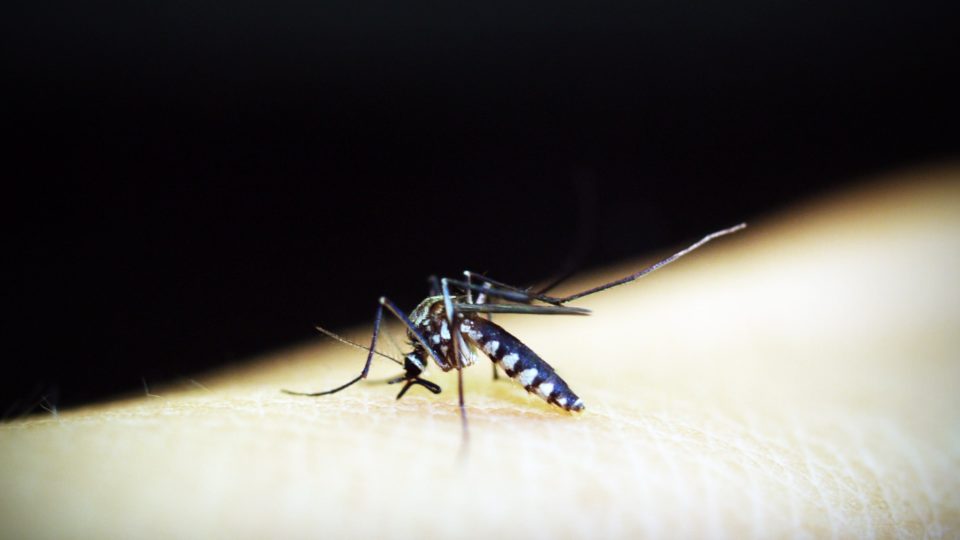The Myanmar Public Health Department has recorded nearly 2,000 cases of dengue fever throughout the country in the first quarter of 2017. More than half of these cases were recorded in Yangon Region, marking a steep rise for the region since last year.
The department reported that among the 1,924 cases nationwide, 1,014 were recorded in Yangon Region.
Beyond that, 247 cases were recorded in Mon State; 144 in Mandalay Region; 113 in Ayeyawady Region; 110 in Kayin State; 80 in Taninthayi Region; 78 in Rakhine State; 48 in Bago Region; 39 in Naypyidaw; 16 in Shan State; 14 in Magway Region; 11 in Kachin State; nine in Sagaing Region; and one in Kayah State.
Nine of these cases were fatal—five in Yangon, and one each in Sagaing, Bago, Rakhine, and Ayeyawady.
Hospital records from the same period of each of the last seven years indicate a sharp spike this year in the number of people in the region receiving treatment for dengue.
In the first quarter of 2010, hospitals treated 607 dengue cases, resulting in three deaths. In 2011, there were 64 cases and no deaths; in 2012, there were 51 cases and no deaths; in 2013, there were 542 cases and one death; in 2014, there were 265 cases and two deaths; in 2015, there were 547 cases and two deaths; in 2016, there were 223 cases and four deaths.
This year, hospitals treated 964 cases, resulting in four deaths.
The Yangon Region Public Health Department has expressed concern that rising occurrences of dengue fever may reach epidemic levels.
Myanmar’s total number of dengue cases reported in 2016 was 9,149 cases, including 55 that were fatal.
According to Eleven, Myanmar experiences dengue epidemics every two to three years. The most recent ones were in 2007, 2011, 2013, and 2015.
Myanmar’s deadliest dengue outbreak was in 1994, when an epidemic claimed 444 lives.
The disease is a leading cause of hospitalizations and deaths of children and seniors in Southeast Asia. Rises in infection rates have been attributed to global warming and to urbanization.
According to the World Health Organization, dengue fever is vastly under-reported and affects an estimated 400 million people each year.
The most effective way to avoid dengue infection is to avoid mosquito bites. This can be done by staying in air-conditioned or well-screened housing, wearing protective clothing, using mosquito repellent, and by reducing mosquito habitats.
Mosquitoes that carry dengue typically live near homes and breed in stagnant water.




